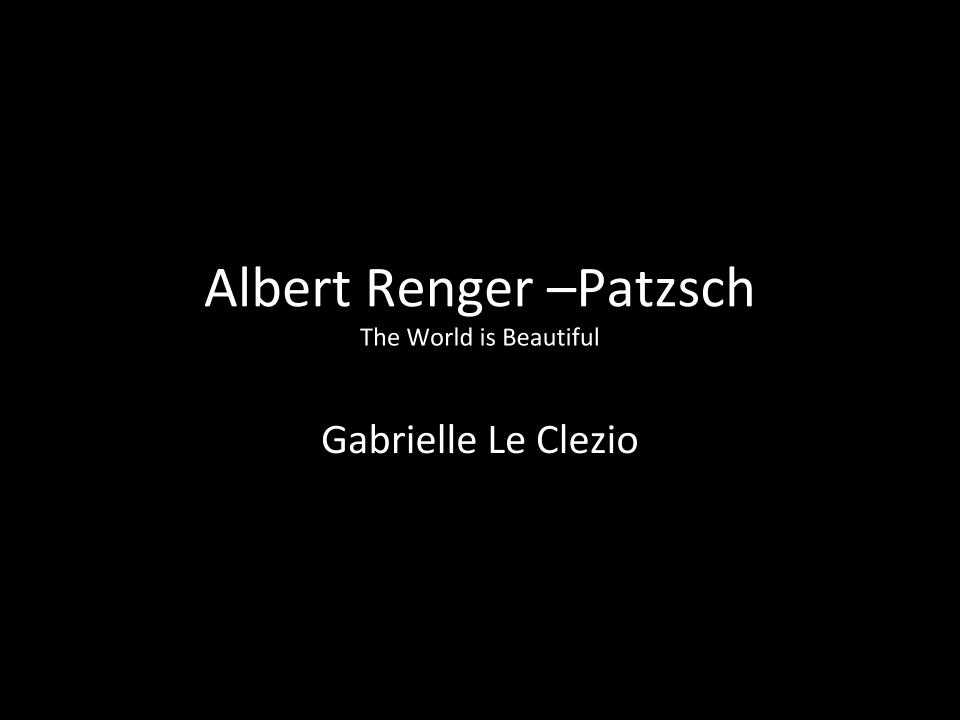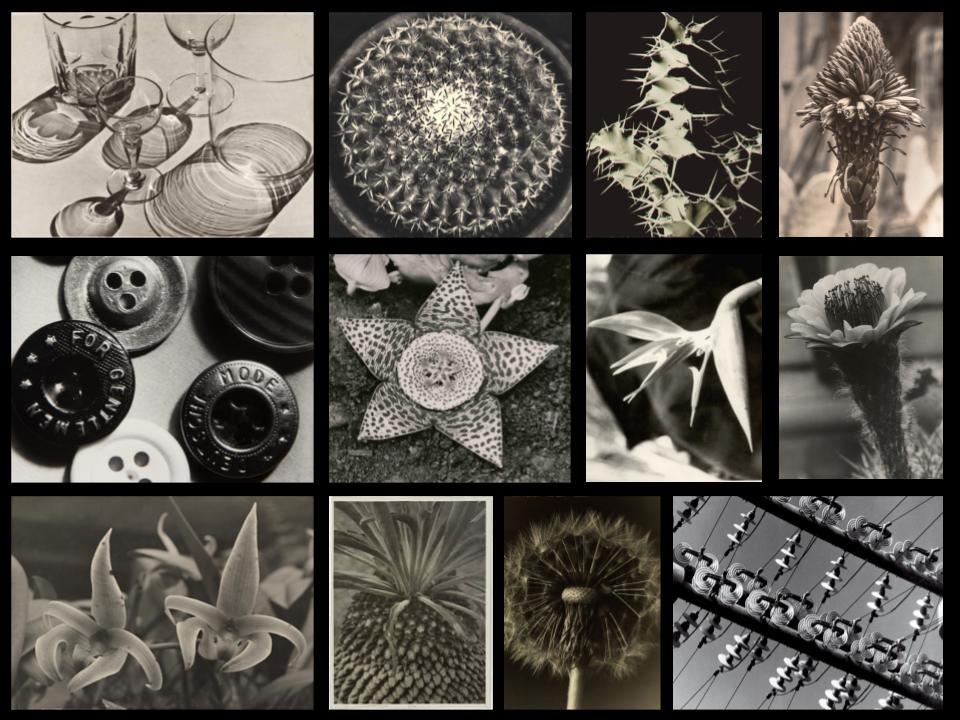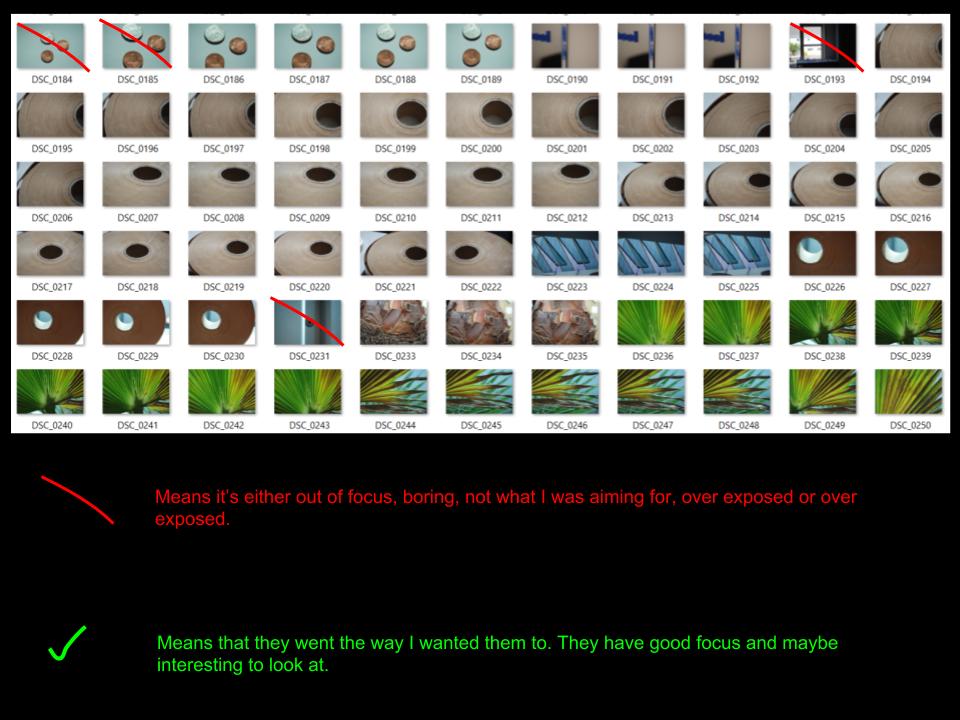








Category Archives: AO2 Explore Ideas
Filters
Albert Renger-Patzsch
Albert Renger-Patzsch was born June 22, 1897 in Würzburg, Germany, he began making photos from the age of 12, then began working as a press photographer and freelancer. He was associated with the ‘New Objectivity’ . He photographed things that engaged with the world as clearly as possible, such as the natural world and the industrial which presented the world in a distinct modern way. Albert Renger-Patzsch was one of the most influential photographers of the twentieth century. He died September 27, 1966.




The new objectivity is a movement in 1920’s by the Germans in reaction to go against expressionism. Artist removed themselves from the romantic idealism in photographs and even called on the public to back them up. The new objectivity changed photography as it allowed people to develop ideas and broaden the photography industry by photographing the world, instead of set up scenes.
In my first shoot I focused on the industrial photos he took. I chose to do this because I like the way how he focuses in on the different directions of lines and the repeat of shapes in the photo, his photos are almost an abstract as he homes in on shapes. In most his photos the whole setting is in focus also his photos are never from forward on angle, most of the time he takes them at an angle, either looking up or down, this adds an interesting factor to the images as it doesn’t look like a normal simple image. His photos introduced a sense of real life to the photography industry, he wanted his photos to have no meaning, but by making this apparent it shows people that his motive was to have meaningless photos, which then makes the viewer question why he has done that. He used natural lighting in his photos and a use of different tones, which were created by the objects in his photos.
First Shoot;



 These four images are from my first shoot where I have presented the style of Albert Renger-Patzsch. I mainly focused on industrial images for this shoot as his industrial images were some of my favorites. I liked the way he photographed such simple things but they created such a photo, in a way of shapes being repeated or shapes contrasting each other, also the light and dark tones throughout his industrial images. His industrial images showed the world in a new way, instead of having photos with one specific meaning, he photographed photos that could have multiple meanings and moods.
These four images are from my first shoot where I have presented the style of Albert Renger-Patzsch. I mainly focused on industrial images for this shoot as his industrial images were some of my favorites. I liked the way he photographed such simple things but they created such a photo, in a way of shapes being repeated or shapes contrasting each other, also the light and dark tones throughout his industrial images. His industrial images showed the world in a new way, instead of having photos with one specific meaning, he photographed photos that could have multiple meanings and moods.
Albert Renger-Patzch
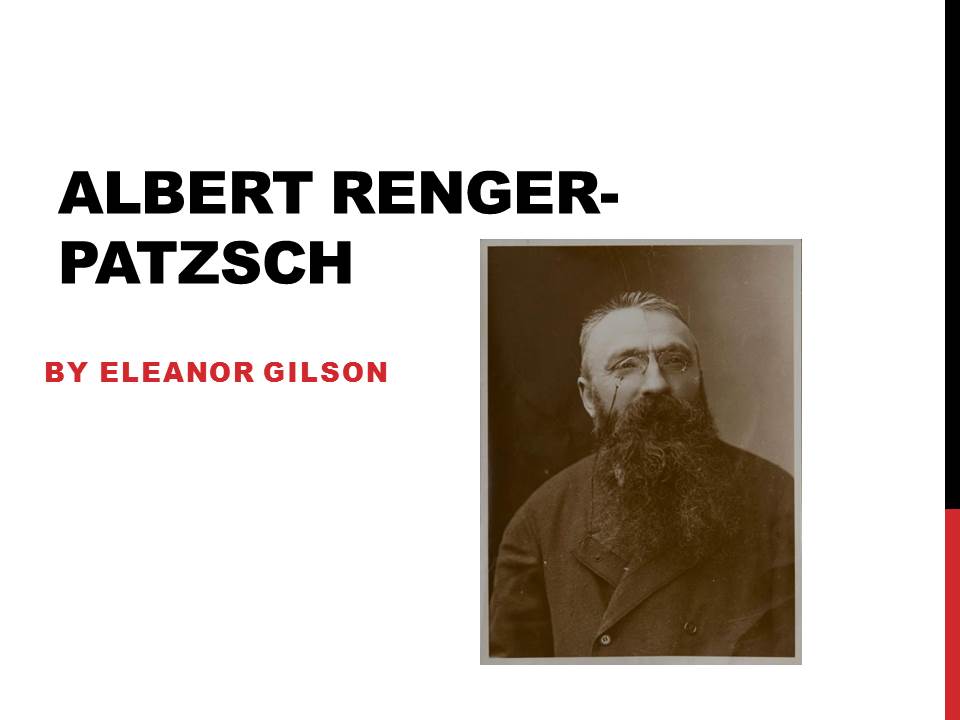
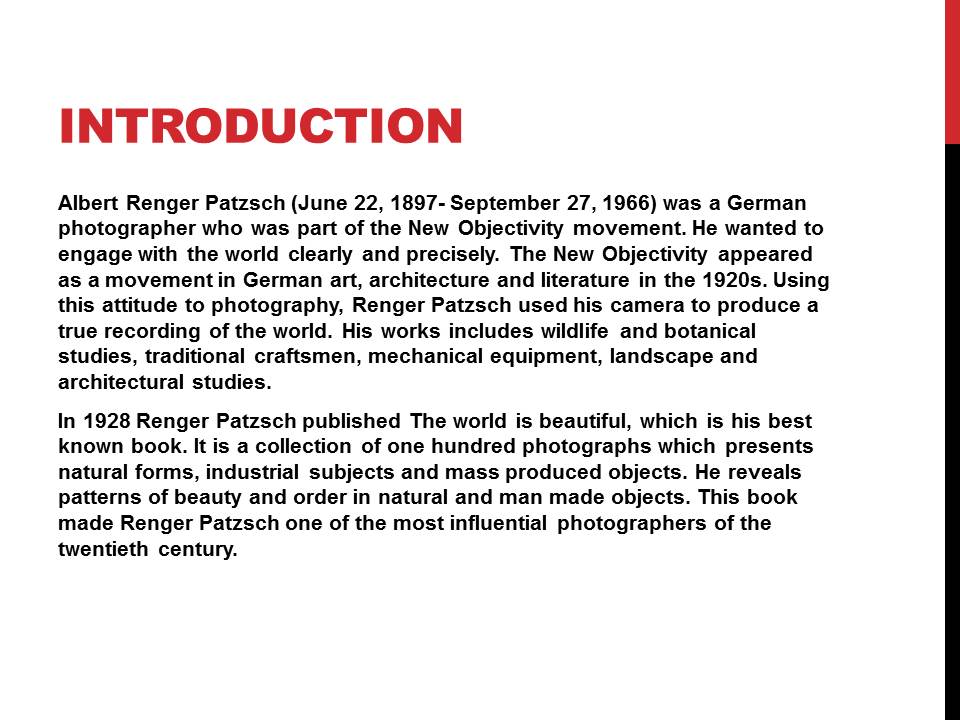


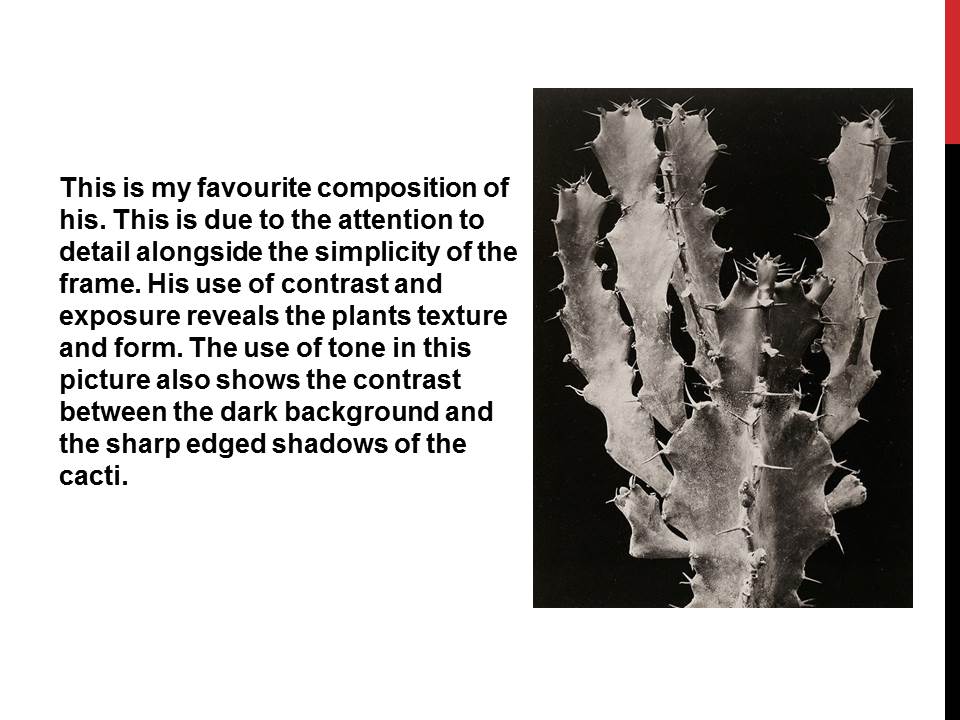

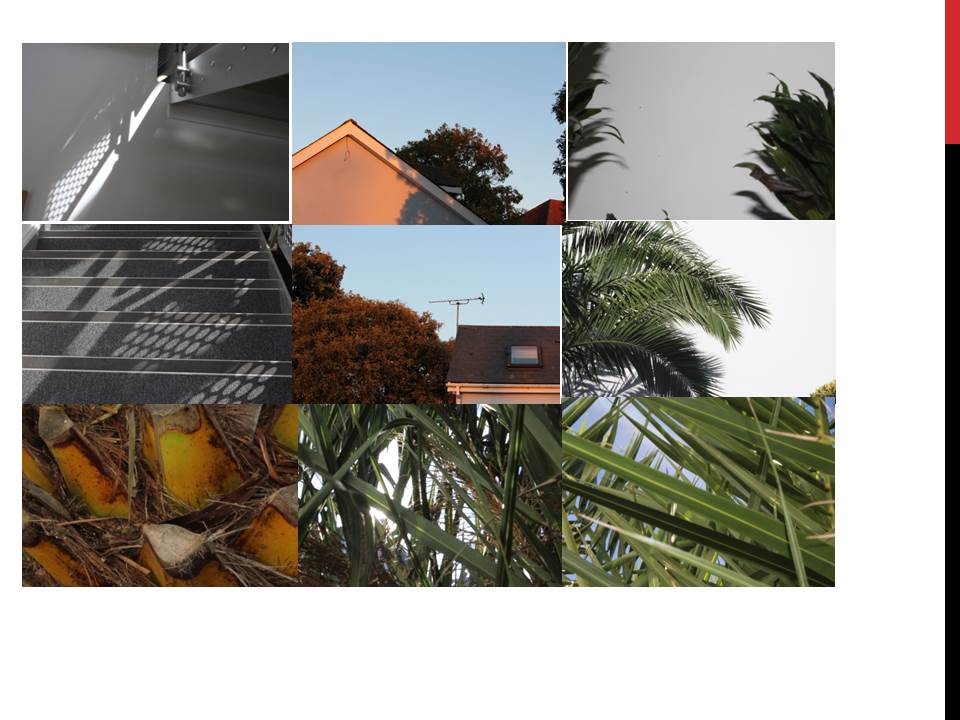
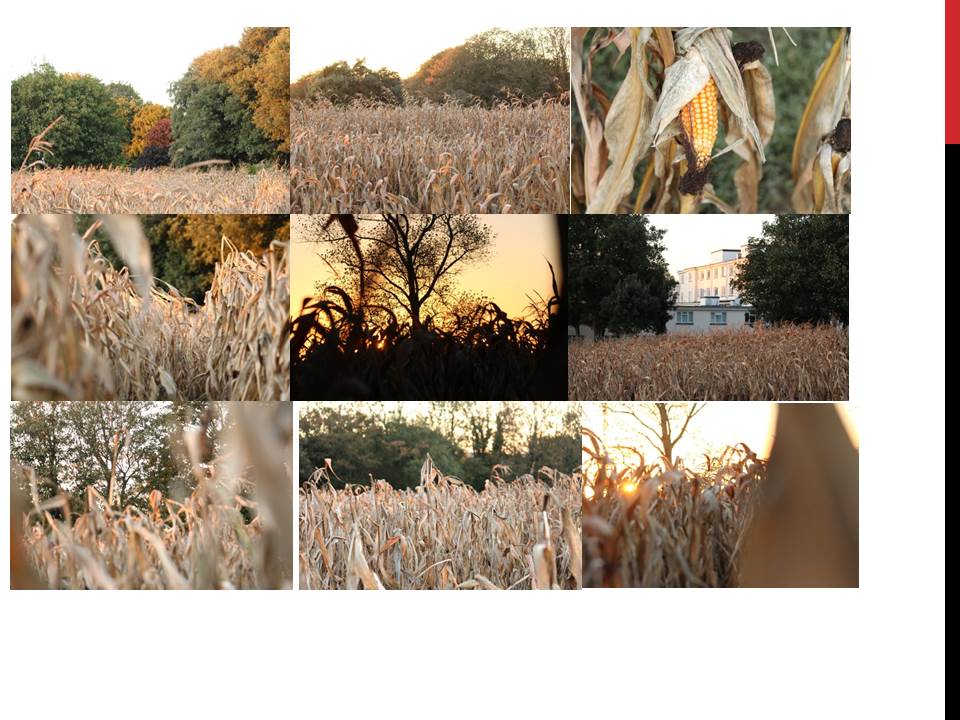
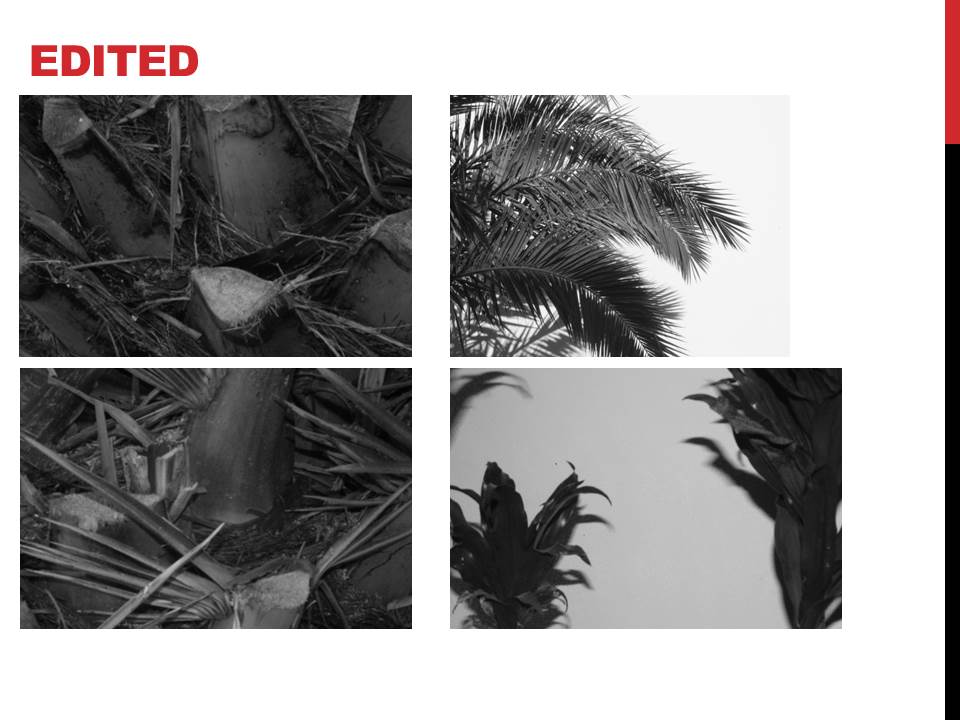
White Balance
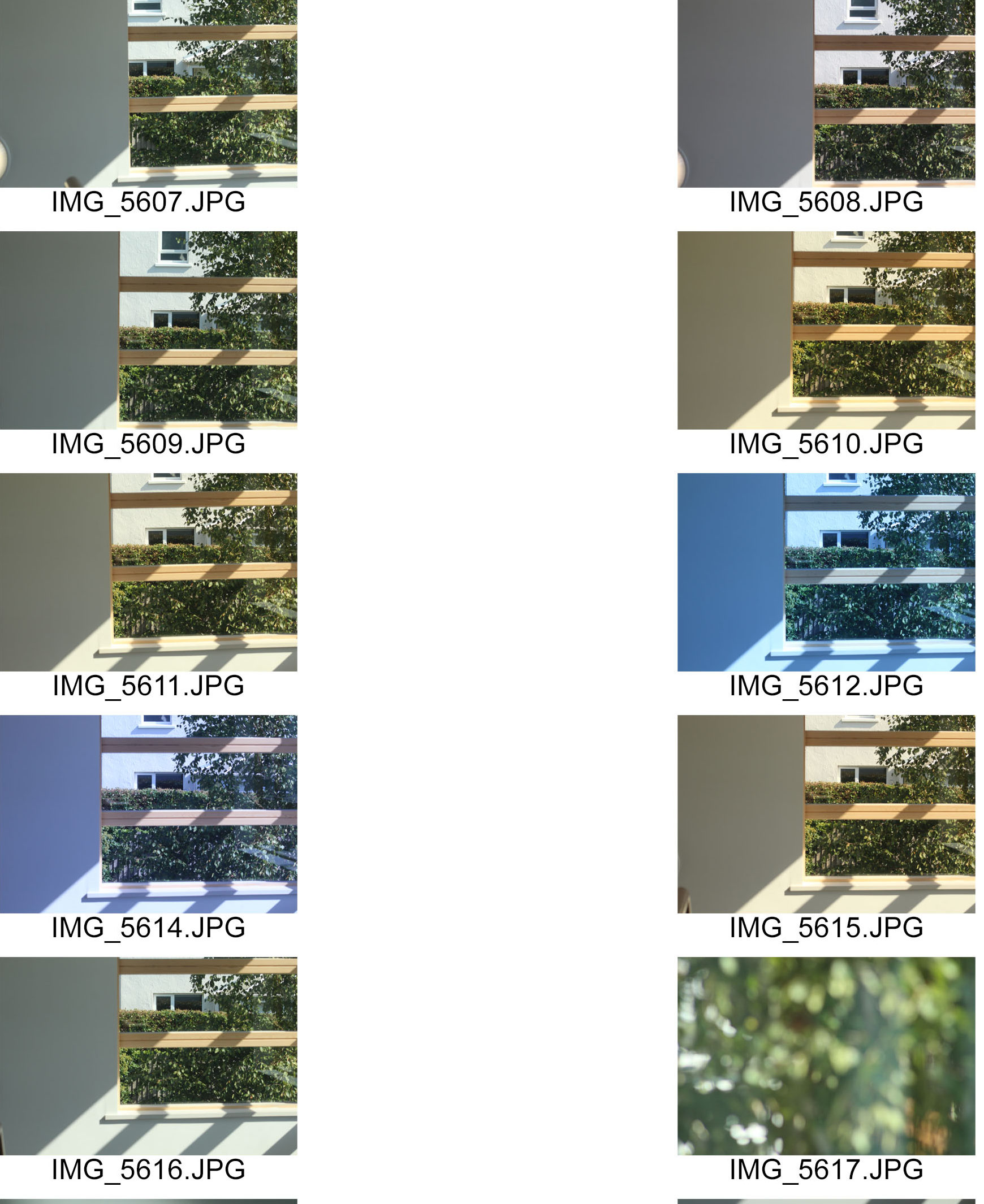

4. Contact Sheet (Camera Skills):
- Red – Not usable image.
- Yellow – Maybe / Needs editing.
- Green – Usable image.
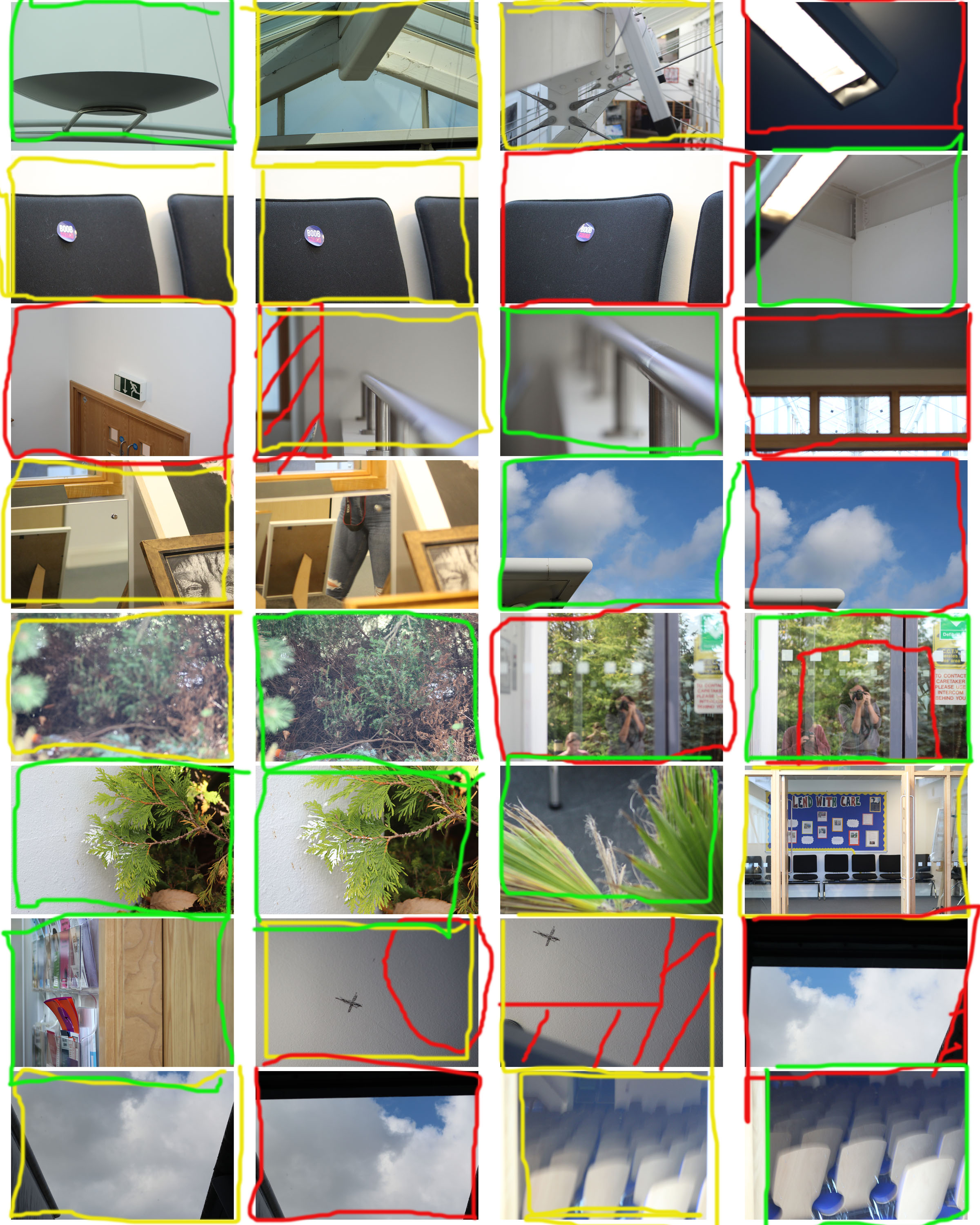
Response To Albert Renger-Patzsch
The World Is Beautiful
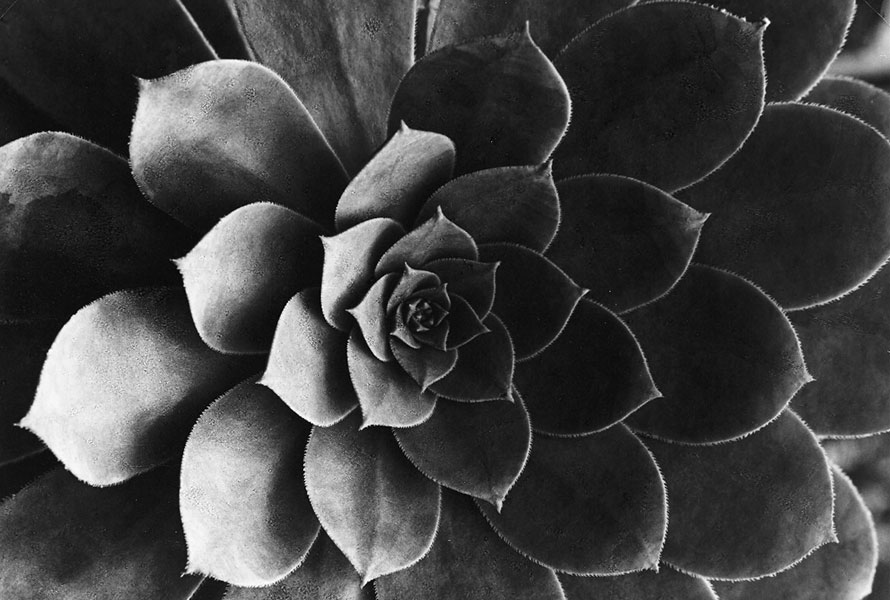
Albert Renger-Patzsch was a pioneering figure in the New-Objectivity movement 1920’s. Rejecting the tenderness and idealism of a previous generation, Neue Sachlichkeit (New Objectivity) emerged as a tendency in German art, architecture and literature in the 1920’s.
In 1928 Renger-Patzsch published ‘The World is Beautiful’ which was a collection of 100 photographs whose rigorous sensitivity to form revealed patterns of beauty and order in the natural and man-made alike. He was adapting a new and modern way of looking at the world using his work and this caused the book to establish Renger-Patzsch as one of the most Influential photographers of the 20th century.

My Own Response
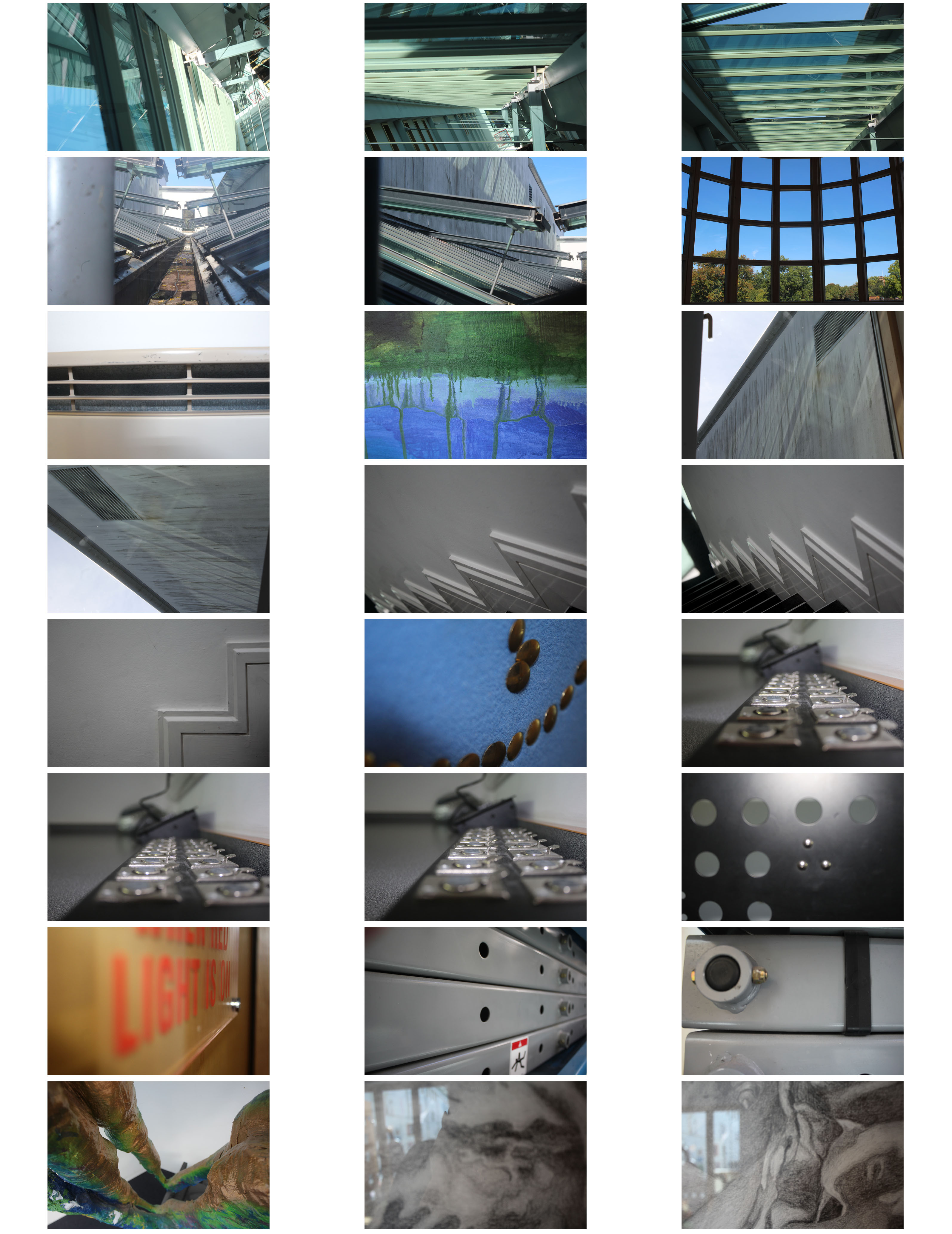

This is a contact sheet of my own response to Renger-Patzsch. These photographs I developed using manual focus on the camera which proved to be a little difficult for me however it produced some good outcomes, which I intend to experiment with during editing.
Experiments
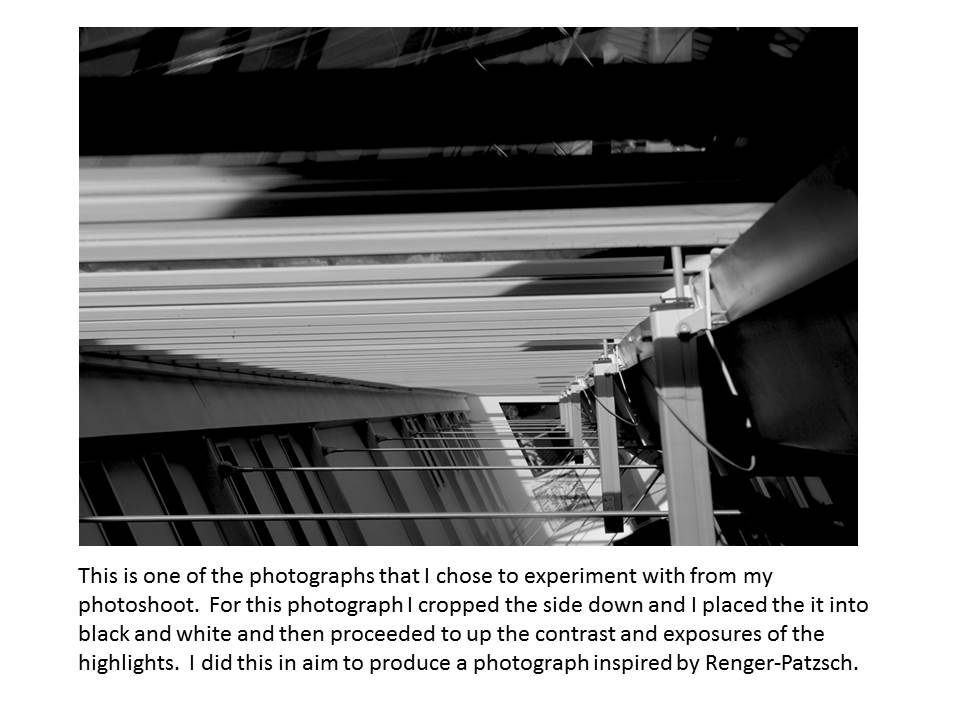
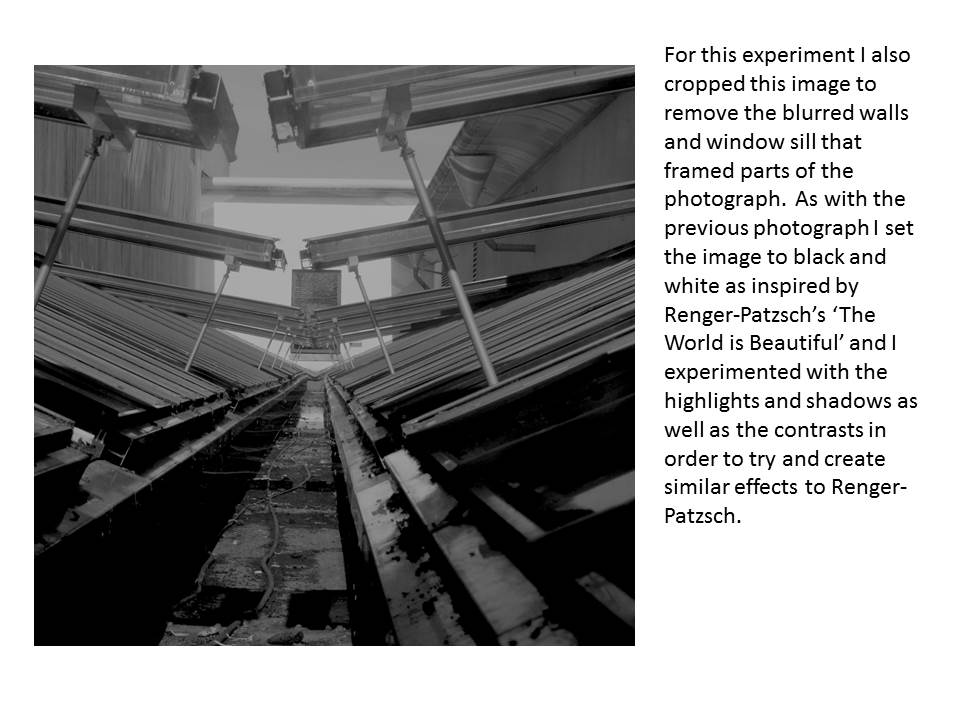
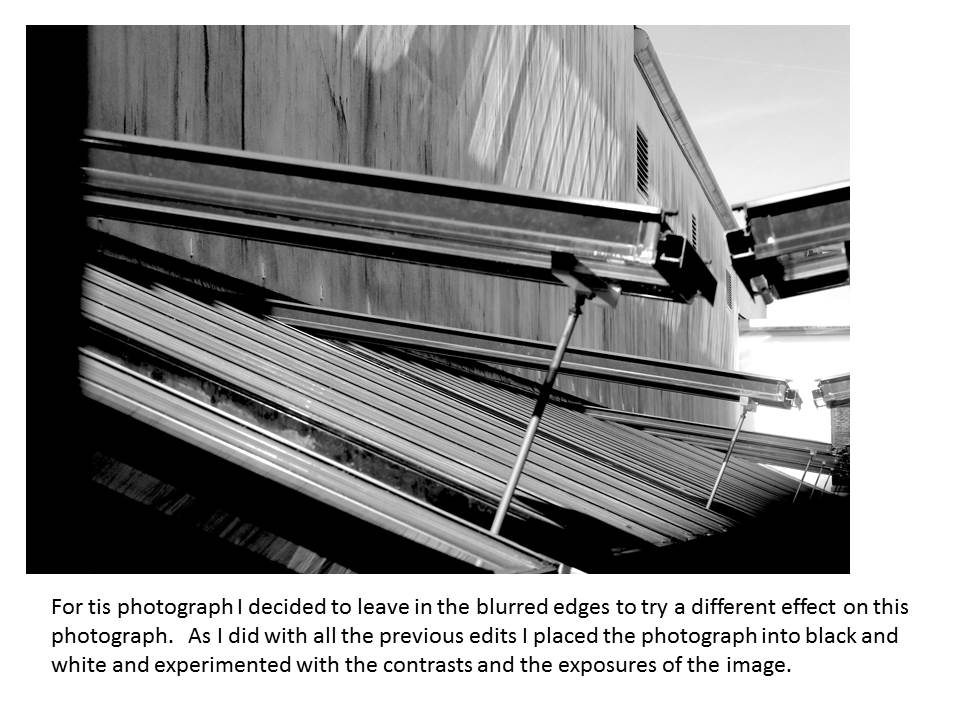
Final Chosen Photograph
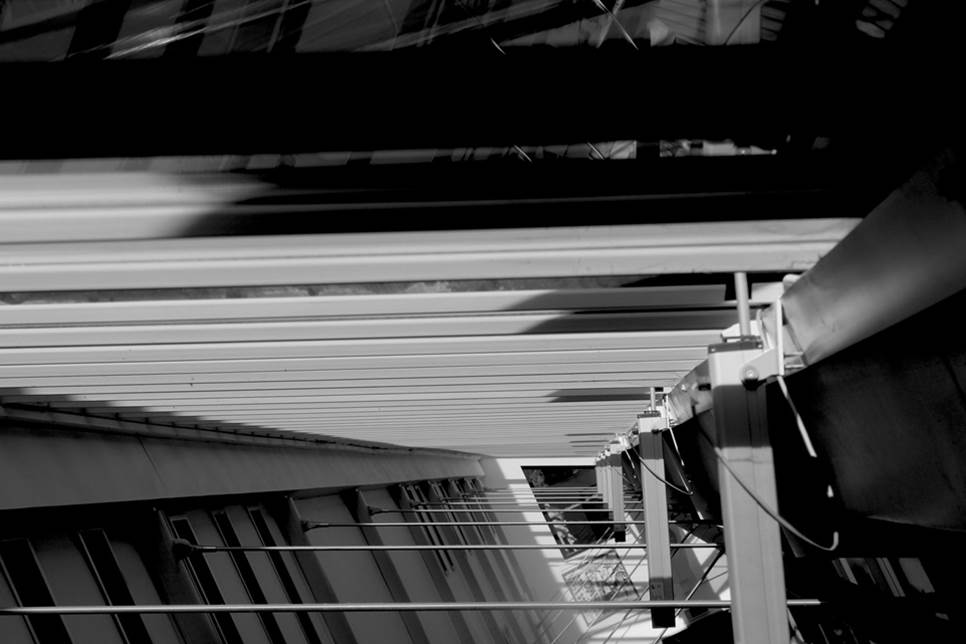
I chose this as my final photograph as I feel it was my most successful outcome both as a photograph itself and once it had been edited. I feel it has the most inspiration from Renger-Patzsch and it was my closest representation to his work through my experiments and own work.
Responding to Albert Renger-Patszch
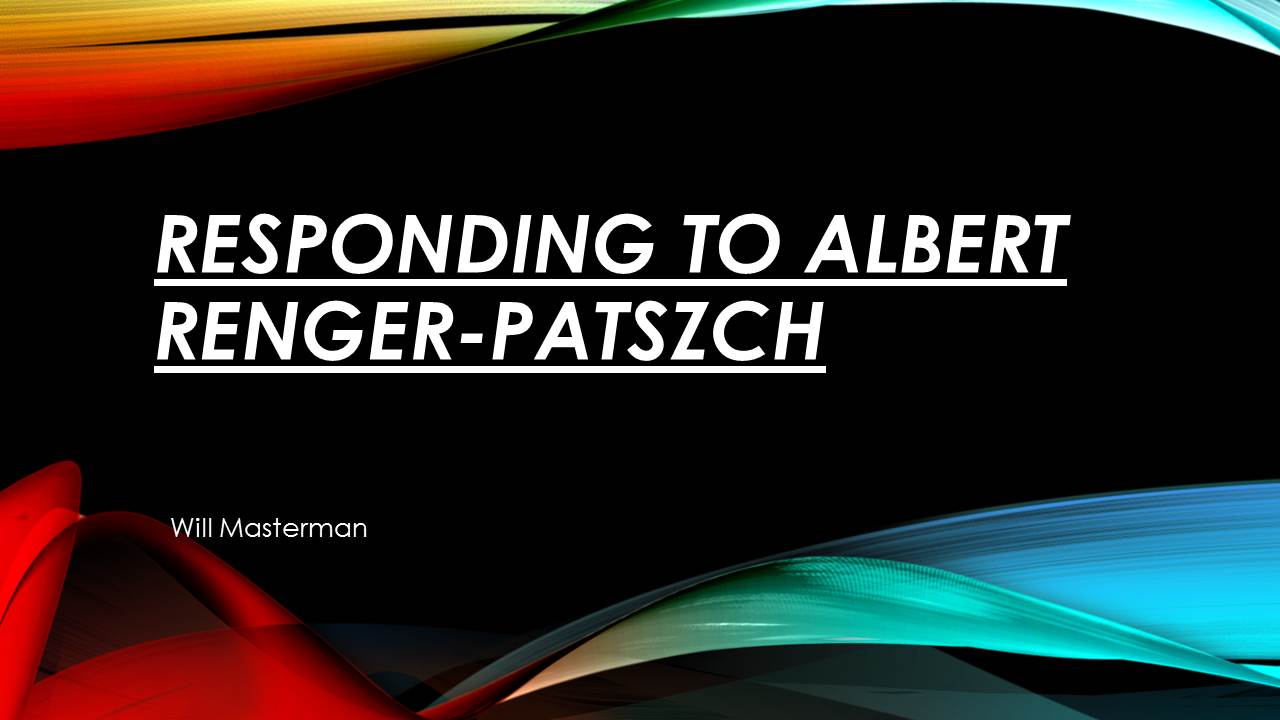
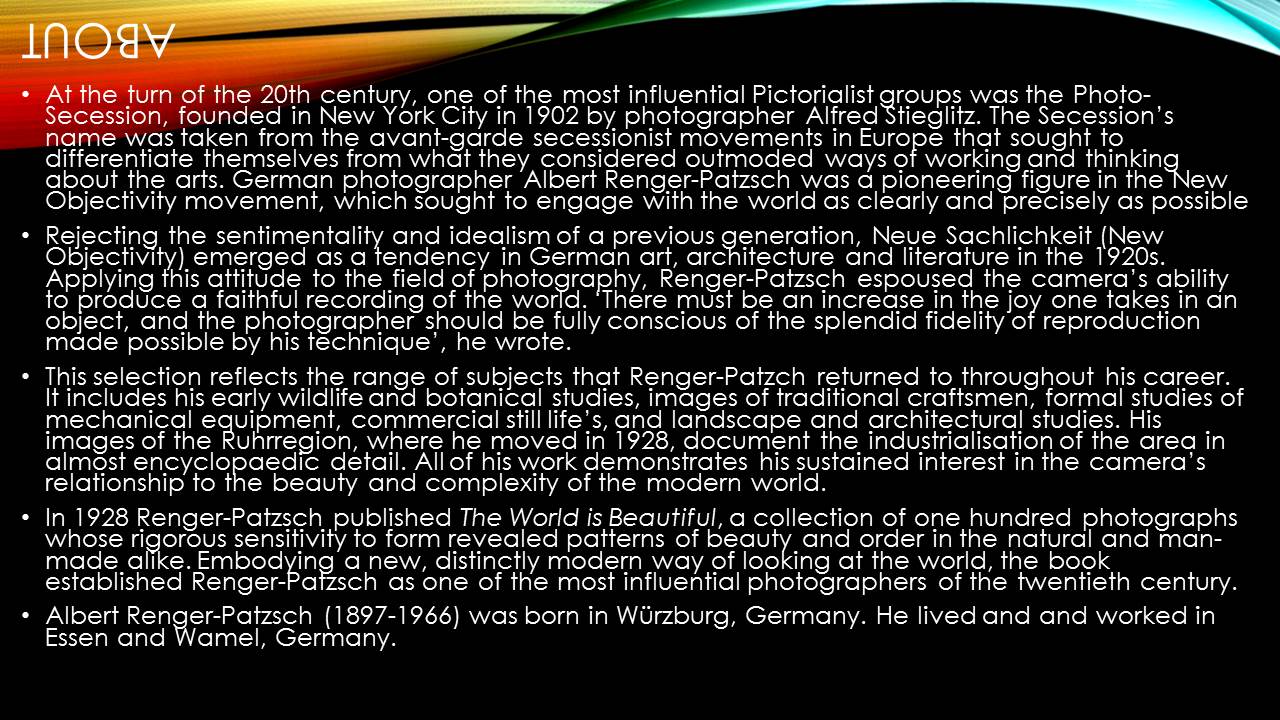
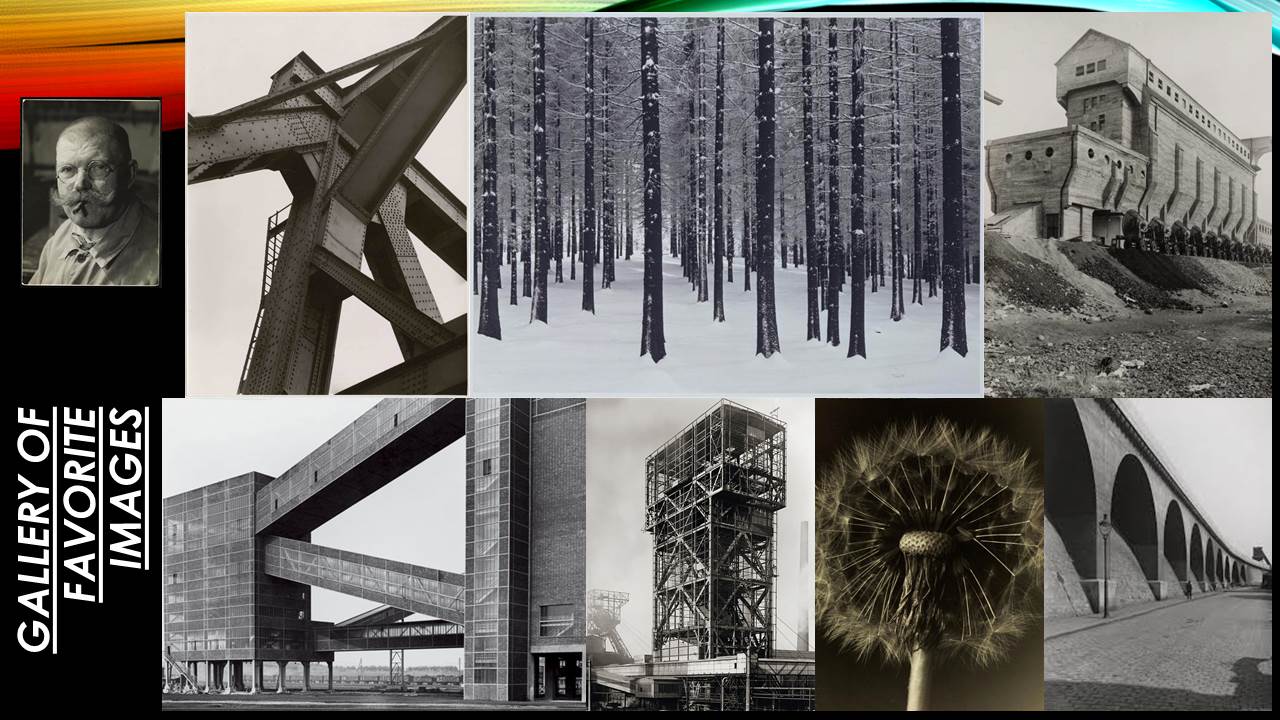
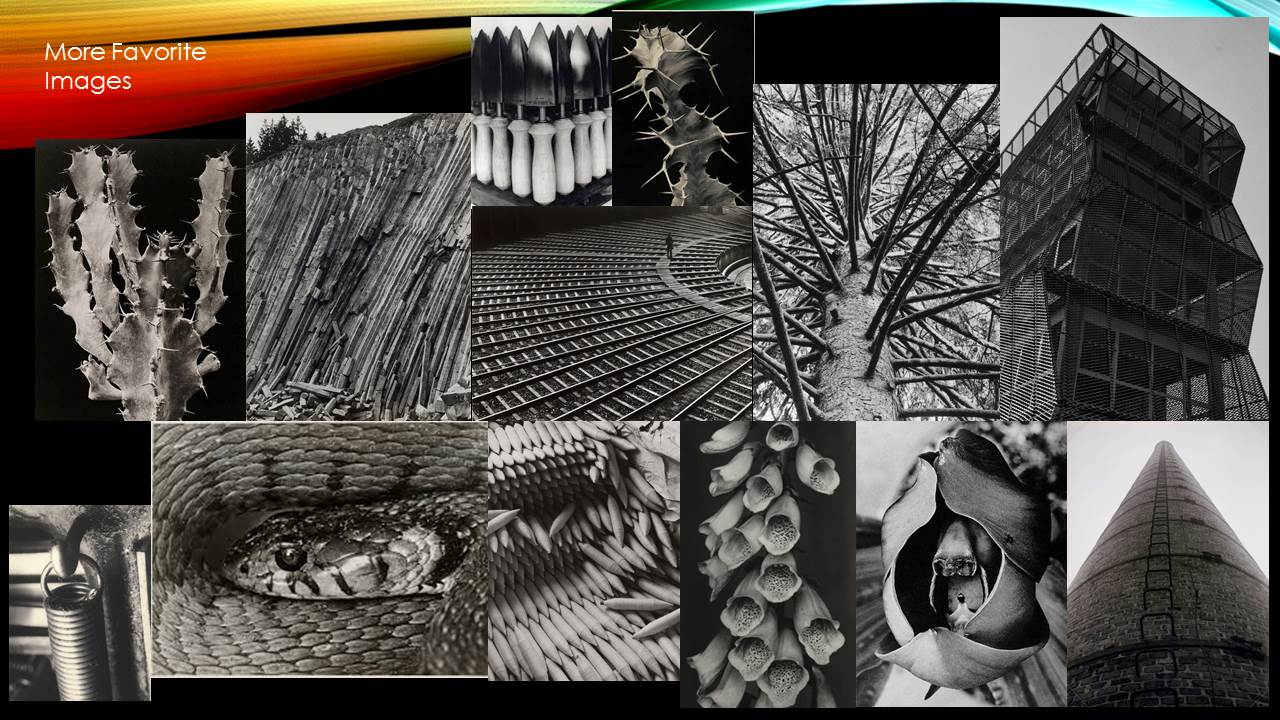
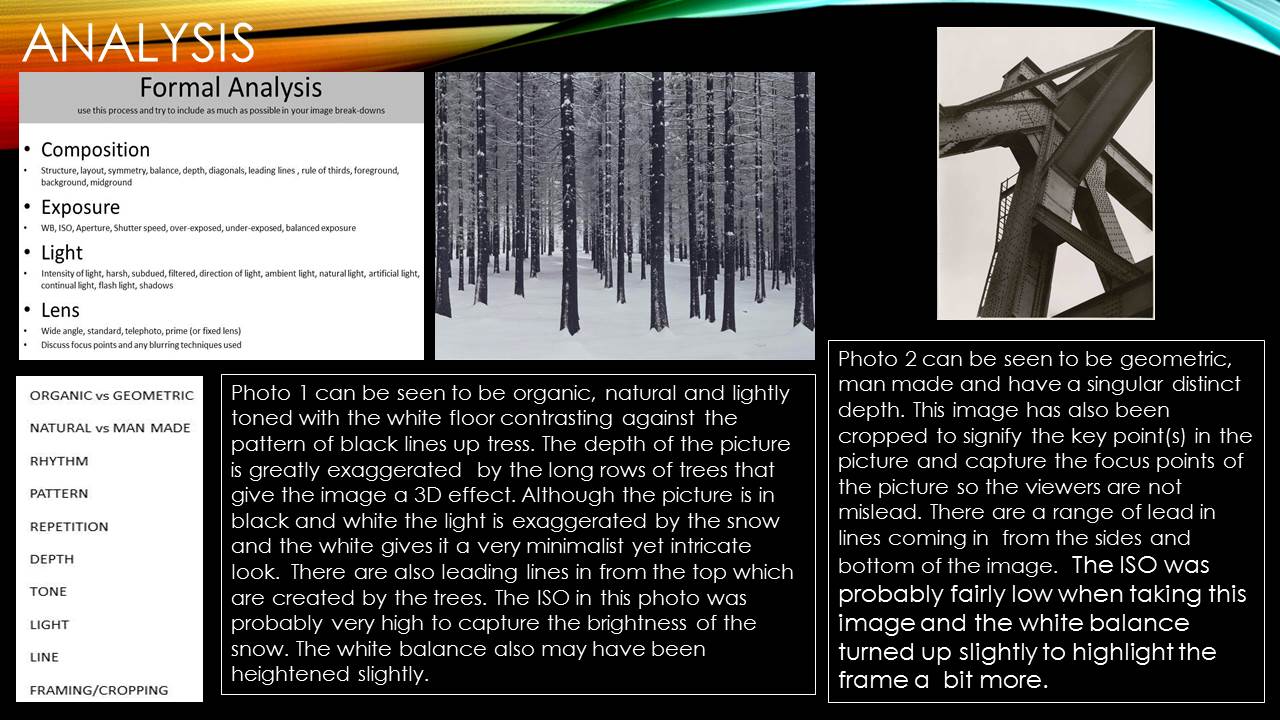
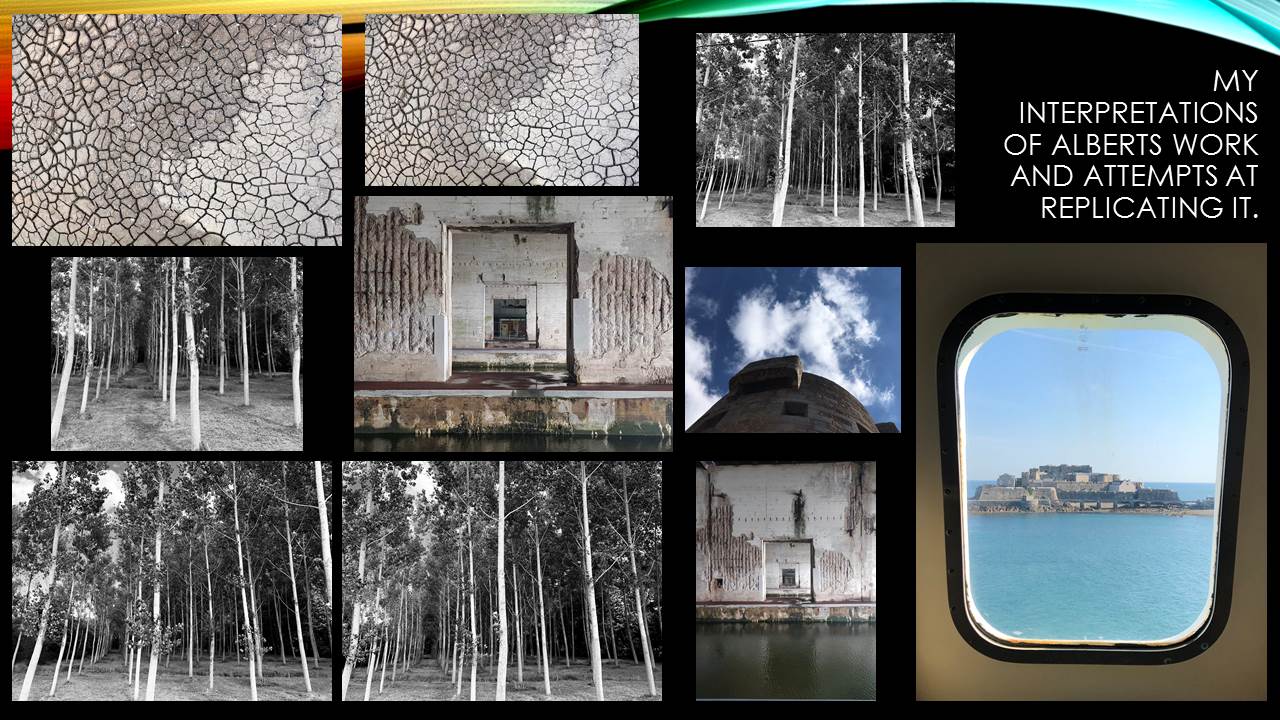
Camera Lens Experimentation
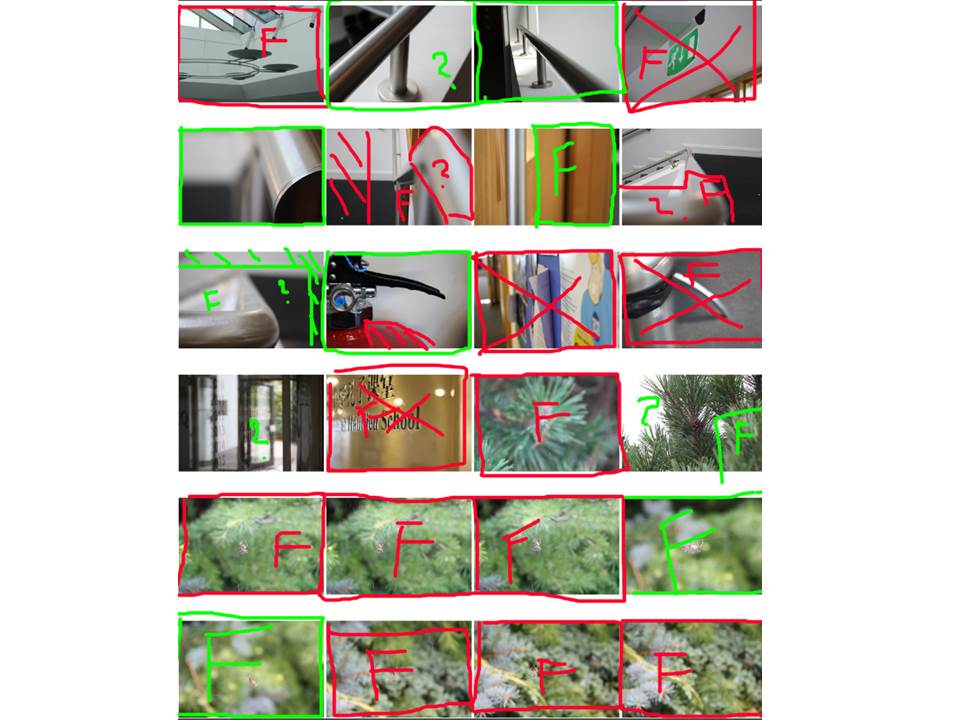
Explanation:
The first contact sheet has photographs taken with a normal focus lens, which allowed me to vary my camera setting between very detailed and not detailed. This allowed me to decide the focus points of the images much more easily, as i could adjust the zoom and focus settings with ease. I therefore produced a wider range of photographs, with a wider range of focus points.
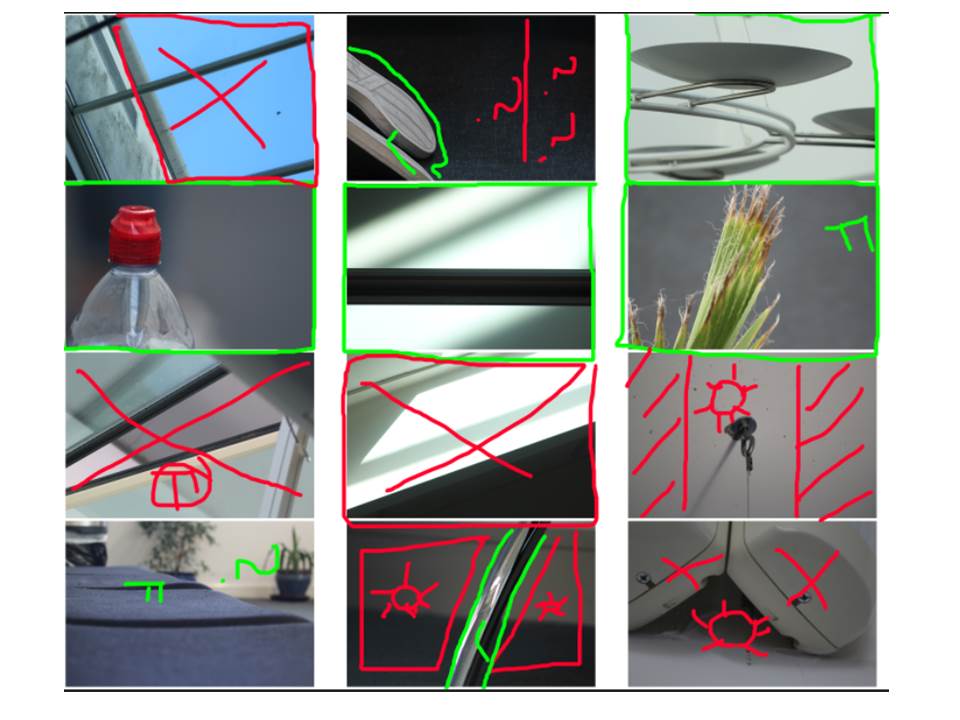
Explanation:
For the second contact sheet, I used the long focus lens. This allowed me to zoom into subjects in the distance, while still maintaining focus on them. This lens was useful for taking abstract photos of the ceiling, and zooming into subjects to make them more abstract.
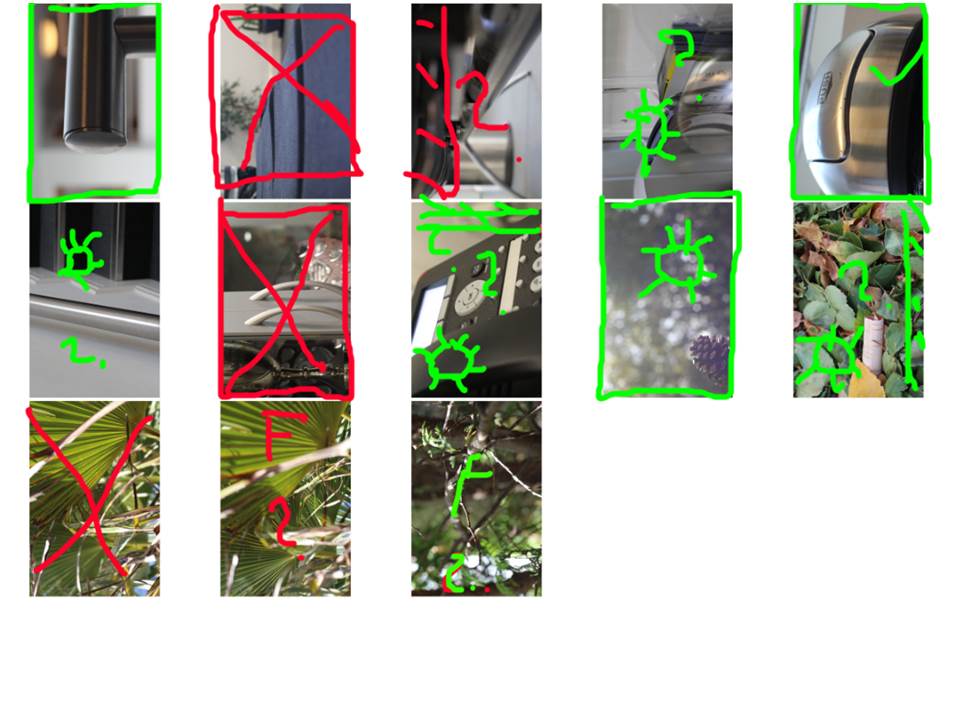 Explanation:
Explanation:
The last contact sheet has photographs taken with a portrait lens, which allowed me to really focus on close up subjects, while blurring out the background to draw the viewers eye directly to the subject. This lens was useful for taking close ups, as I had to physically move the camera closer, which allowed me to maintain a clear focus.
Key:
Red cross: don’t want to use – Red F: Out of focus – Red box – Needs cropping – Red question mark: unsure – Red sun: lighting/shade issue – Red outline of subject: don’t like this subject
Green question mark: unsure how to proceed with improvement – Green sun: change tone/small lighting issue – Green outline: small cropping issue – Green box around photo: Like/want to use
Photograph analysis:

The above photo was taken using a long focus lens. This light fixture was attached to the ceiling, and so in order to zoom in far enough and make sure the fixture was still in focus. I used a long focus lens. As shown, the focus of the camera is on the metal bar holding the light in the middle of the photograph, and it is in focus despite the long zoom.

For the above photo, I used the portrait camera lens. By using this lens, I was able to zoom right into the bin, while maintaining a good focus. This is different from the long focus lens, as it gave me more control over the positioning of the camera, and allowed me to experiment with the lighting more freely, producing the above photo as a result.
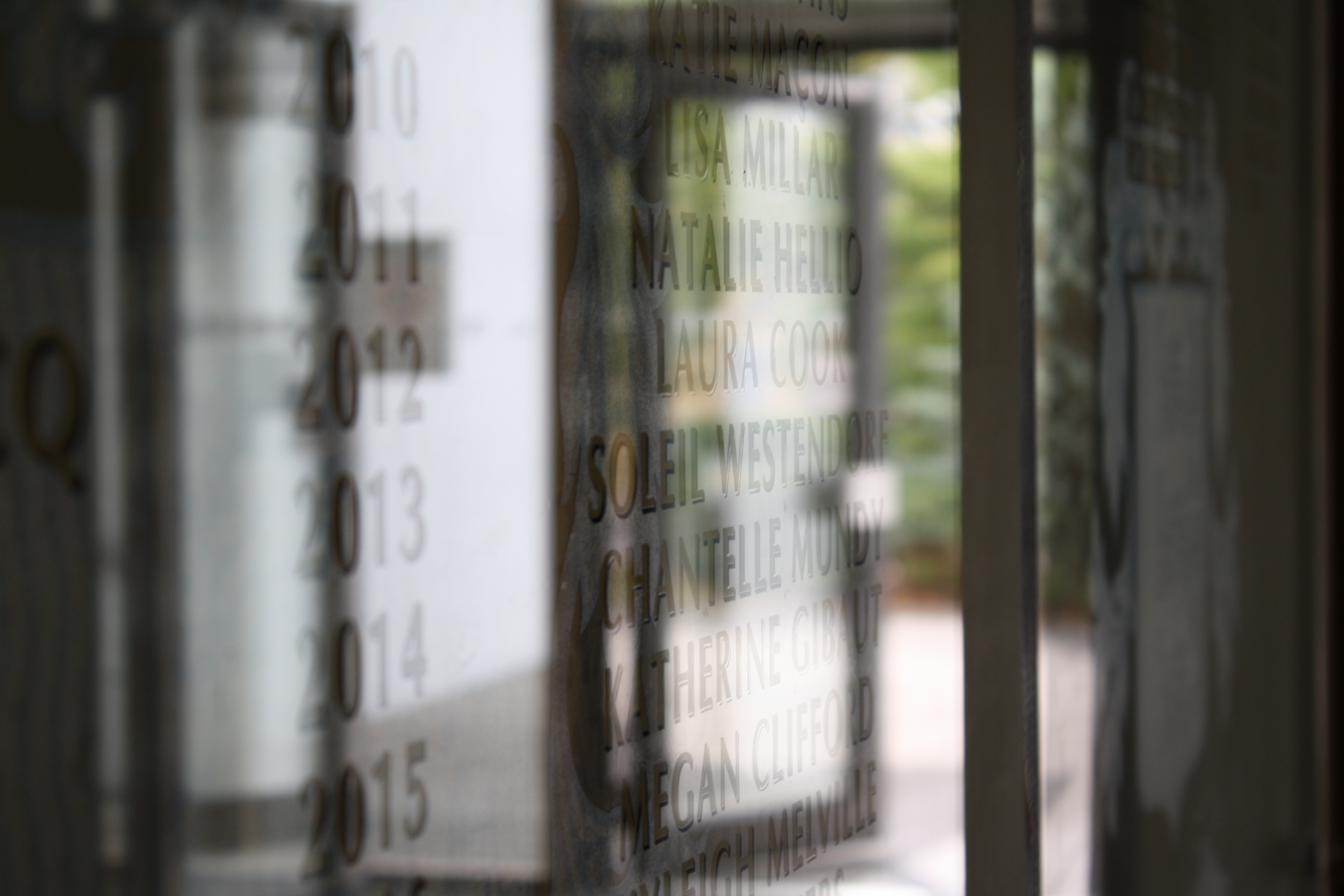 The photograph above was taken with a normal camera lens. I was able to focus more on the writing on the foreground, and have the reflection more out of focus, which allowed me to make an eye catching and slightly confusingly angled image. This effect would not be possible using, for example, a portrait lens, due to the difficulty with altering the focus and zoom manually on that particular lens.
The photograph above was taken with a normal camera lens. I was able to focus more on the writing on the foreground, and have the reflection more out of focus, which allowed me to make an eye catching and slightly confusingly angled image. This effect would not be possible using, for example, a portrait lens, due to the difficulty with altering the focus and zoom manually on that particular lens.
Albert Renger Patzsch- The World Is Beautiful
Albert Renger Patzsch was a German photographer associated with the New Objectivity movement, a photography movement focusing on the detail of the world around us formed in Germany during the aftermath of the First World War.
The new objectivity movement believed that photography was all about capturing the vividness and detail of the world around them and presenting an object in its true form.
Patzsch worked as a press photographer for the Chicago Tribune before becoming a freelance photographer in 1923. In 1925, he published his first book, The Choir Stalls Of Cappenbourg and in 1927 he had his first museum exhibition.
Patzsch chose to focus upon both man made and natural structures and creations, from skyscrapers to animals while focusing on the reality and vividness of his pictures.
Patzsch focused a lot on the lighting and shadows of his subjects as well as the contrast and white balance.
Photo Analysis

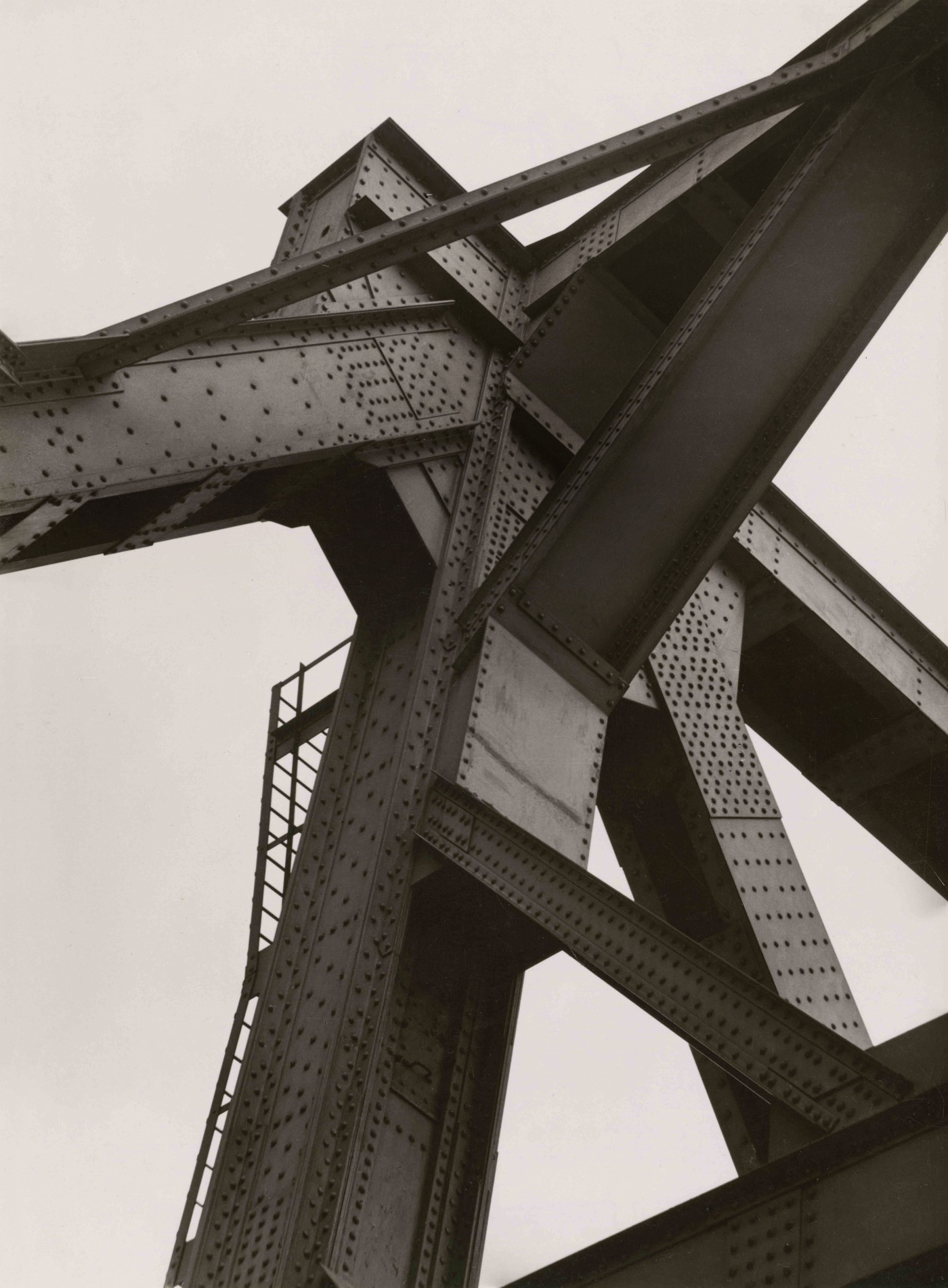



FAVOURITE PHOTO
This image depicts a dead cow in a bleak wasteland,possibly an old battlefield. The cow is up a tree, potentially the result of a bomb blast The image is well structured due to the minimal background and the very un-ordinary image of a cow up a tree and the messages it can convey about life and death. The Photo has been taken in daylight against a clear sky and the photographer has angled himself in order to pick up on the shadow and the hills in the background.

My Response to Patzschs work
I decided to focus on the title of his book, Nature is Beautiful for my idea development and I chose to use the sea as my main subject due to the power of it as well as the natural beauty it posesses. Here are my best images from my most recent shoot





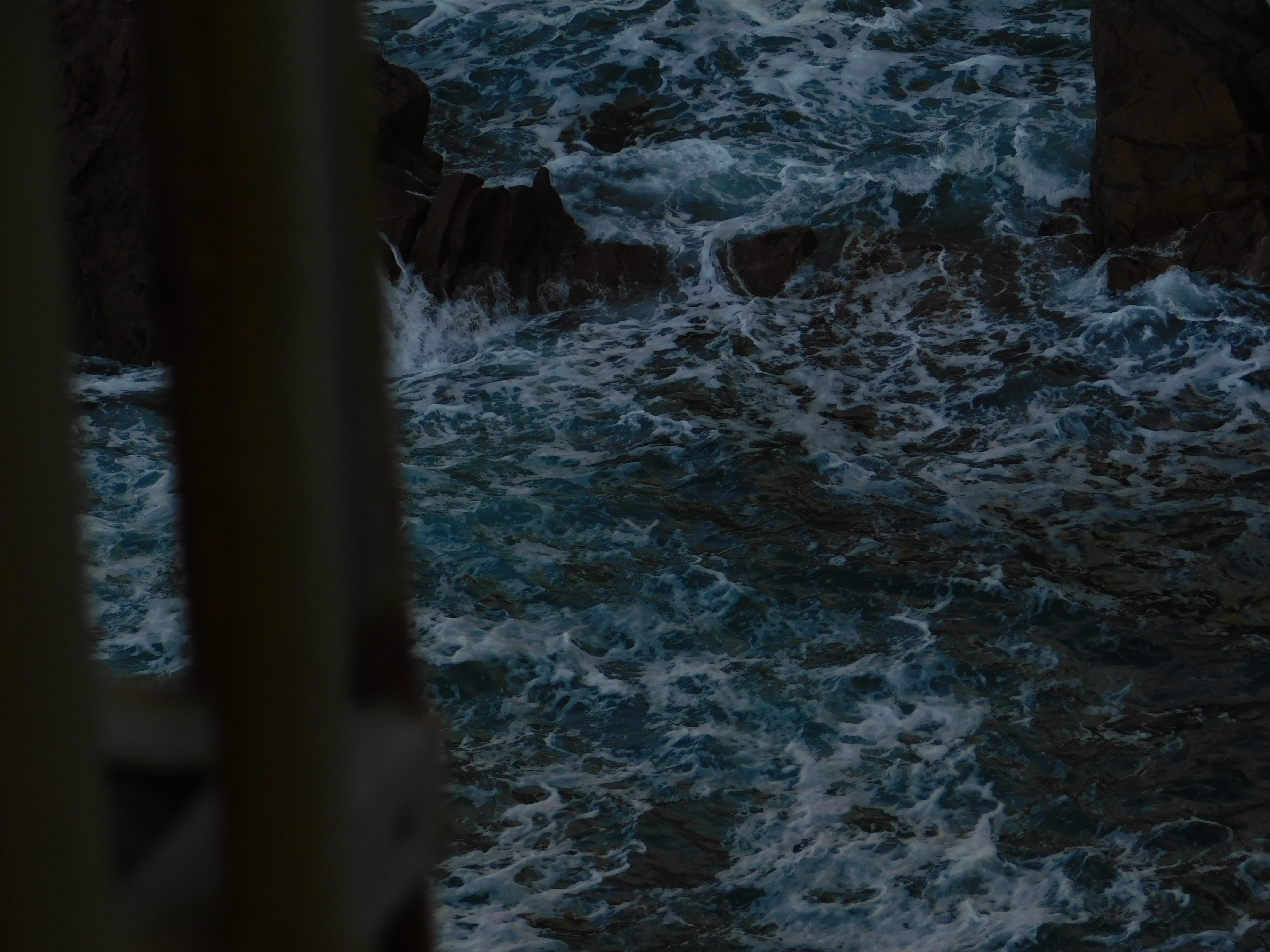

 In each photo, I have experimented with different ways of emphasizing the sea and making it the subject. I have desaturated rocks, altered the white balance and enhanced blues across every picture in order to capture the vividness of the sea as well as its beauty.
In each photo, I have experimented with different ways of emphasizing the sea and making it the subject. I have desaturated rocks, altered the white balance and enhanced blues across every picture in order to capture the vividness of the sea as well as its beauty.
Albert Renger-Patzsch
